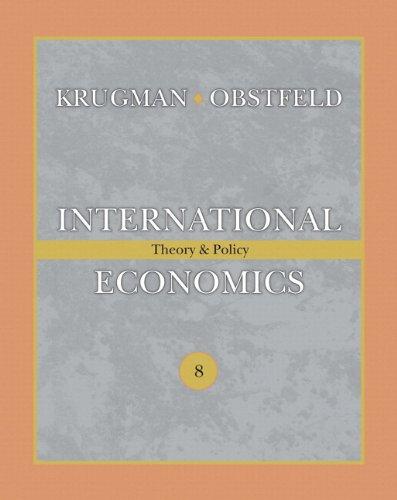As we observed in the chapter, central banks, rather than purposefully setting the level of the money
Question:
As we observed in the chapter, central banks, rather than purposefully setting the level of the money supply, usually set a target level for a short-term interest rate by standing ready to lend or borrow whatever money people wish to hold at that interest rate. (When people need more money for some reason other than a change in the interest rate, the money supply therefore expands, and it contracts when they wish to hold less.)
a. Describe the problems that might arise if a central bank sets monetary policy by holding the market interest rate constant. (First, consider the flexible-price case, and ask yourself if you can find a unique equilibrium price level when the central bank simply gives people all the money they wish to hold at the pegged interest rate. Then consider the sticky-price case.)
b. Is the situation changed if the central bank raises the interest rate when prices are high, according to a formula such as R - Roa(PP), where a is a positive constant and Po a target price level?
c. Suppose the central bank's policy rule is R - Roa(PPg) + u, where u is a random movement in the policy interest rate. In the overshooting model shown in Figure 14-12, describe how the economy would adjust to a permanent one-time unexpected fall in the random factor u, and why. You can interpret the fall in u as an interest rate cut by the central bank, and therefore as an expansionary monetary action. Compare your story with the one depicted in Figure 14-13.
Step by Step Answer:

International Economics Theory & Policy
ISBN: 9780138002121
8th Edition
Authors: Paul R Krugman, Maurice Obstfeld






